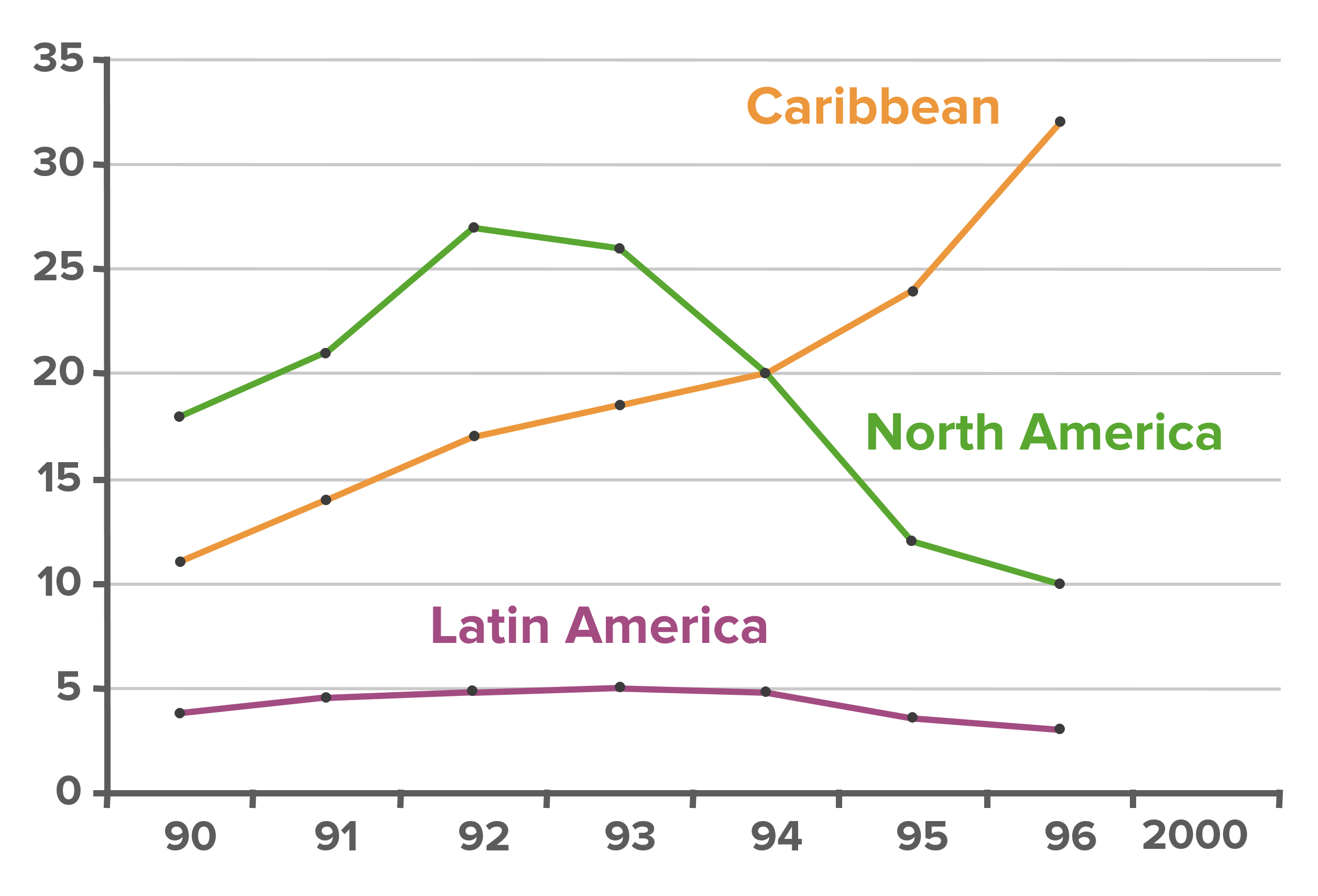Playlist
Show Playlist
Hide Playlist
Confounding Bias
-
Slides 06 CausationBiasConfounding Epidemiology.pdf
-
Reference List Epidemiology and Biostatistics.pdf
-
Download Lecture Overview
00:01 Now we're going to talk about confounding, again, really important topic that I love talking about because we see this in all walks of life and all manner of studies. Confounding is when an effect is masked or when the illusion of an effect is created. Confounding is magical almost. It produces the essence or the idea of a significant effect that doesn't even exist, or can hide one that does exist. I love those two concepts. It really creates havoc in a lot of research. So here's the relationship between the confounder and the two variables that we're measuring. Let's say we have an exposure and an outcome, a risk factor and a disease, the confounder gets in between the two and either creates a relationship or hides a relationship. So let's take an example, let's say we have two high school classes, one is in English literature and the other is in woodworking. And you find that the woodworking students have a much higher proportion of asthma or breathing problems, bronchitis, whatever it might be, than the ones in the English class and you conclude, reasonably, that there is something in the environment of the woodworking class that is giving them these breathing issues. In other words, the exposure is the classroom that you're in and the outcome is whether or not you got breathing issues and we are finding that the exposure of being in woodworking class gives you a higher likelihood of having asthma or other breathing issues. Sounds reasonable, but what's really happening here? Can you see the problem? The problem is the kinds of people that are in either of those classes are a little bit different and they are going to have different behaviors. In particular, students in the woodworking class are more likely to be regular smokers than students in the English class. It is the smoking that's causing the breathing problems and not the woodworking environment. So again the exposure here is whether you're in shop class versus English class and the outcome is breathing problems, the confounder is the smoking. It created the illusion of a relationship between the class that you're in and whether or not you have breathing problems. 02:08 So there's some classic confounders that we try to check for in any kind of study, the first is age, whether you are old or young tends to have an effect on whether or not an effect is seen. Sex is an obvious one, men and women behave differently in a variety of contexts. Socioeconomic status, however that's defined, can be a problem as well and we've mentioned smoking status also. So often we're stratified by these variables, that's how we control for confounding. What does that mean? It means let's say, smoking status is the confounder, I will analyze the smokers separately from the non-smokers. Or if sex is my confounder, I will analyze the men separately from the women. And if my effect is still perceived in both groups, then I know it's real. Now an important consideration is that the confounder is not in the causal pathway. What does that mean? Well let's think about cholesterol. So if your exposure is diet and the outcome is heart disease, cholesterol is the mechanism by which diet expresses itself as heart disease, it is not a confounder because it's in the causal pathway. Diet causes you to have high cholesterol, which causes you to have heart disease. It is not a confounder. So a useful guide for distinguishing between bias and confounding, because confounding isn't technically a kind of bias, but we talk about it in the same context as biases. Is that when the observation is correct but the explanation is wrong, we say that's probably a case of confounding, but when the observation and the conclusion are both wrong, it's probably a case of bias. This is not a hard and fast rule. It's a rule of thumb to go by. It's a guideline. 03:54 Now let us talk about effect modification. Confounding and effect modification often
About the Lecture
The lecture Confounding Bias by Raywat Deonandan, PhD is from the course Statistical Biases.
Included Quiz Questions
A study finds an association between birth order and the presence of Down's Syndrome, specifically that 3rd, 4th, or later order children are more likely to have Down's Syndrome than are children who are born first. What is the likely confounder in this example?
- Maternal age
- Smoking
- Gender
- Socioeconomic status
- Any of the traditional confounders
How do we identify a characteristic as a confounder during the statistical analysis of a study?
- Stratify the sample by the characteristics and if the confounder influences both the dependent and independent variables, it is a confounder.
- Determine if the characteristic is in the causal pathway, then it is not a confounder.
- It is impossible to determine if a characteristic is a confounder by statistical analysis. It must be determined before study design.
- Consult other studies of the same topic to determine if the characteristic is in the causal pathway.
- Stratify the sample by the characteristic and if there is no difference in direction between the groups then it is a confounder.
Customer reviews
5,0 of 5 stars
| 5 Stars |
|
5 |
| 4 Stars |
|
0 |
| 3 Stars |
|
0 |
| 2 Stars |
|
0 |
| 1 Star |
|
0 |




